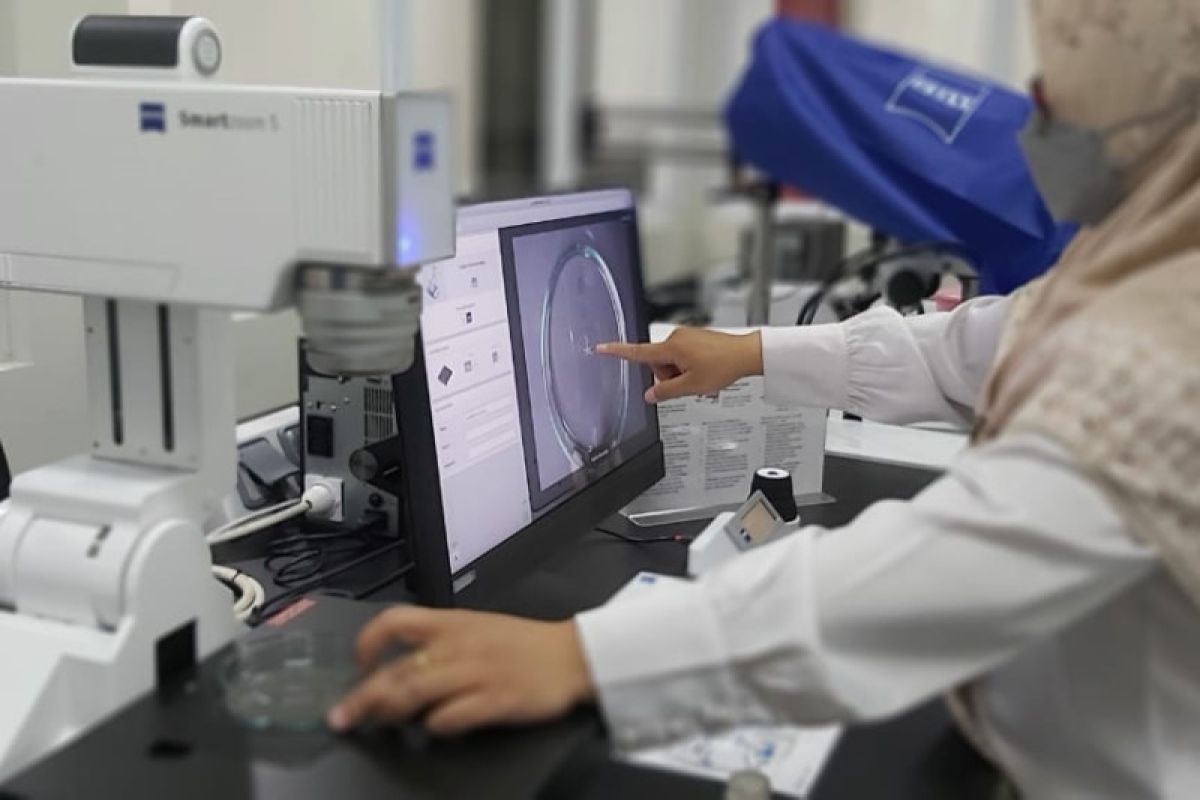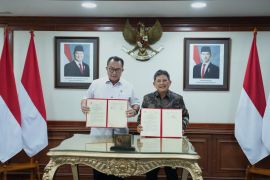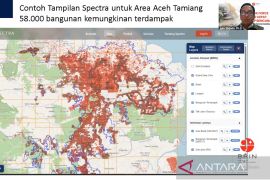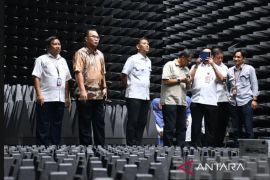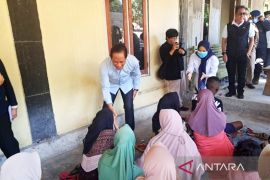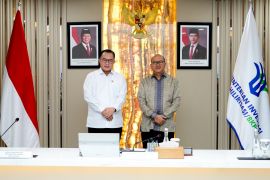We will not be able to recruit and nurture our superior human resources without appropriate infrastructure.Jakarta (ANTARA) - The provision of strategic, adequate, and advanced research infrastructure is an important component of a research and innovation ecosystem for facilitating the development of innovations and technology.
Thus, although Indonesian human resources are capable of carrying out the latest research, if the equipment is inadequate, the study process will be hampered. Meanwhile, research results are usually required quickly to answer the latest needs and challenges.
Hence, the National Research and Innovation Agency (BRIN) has made strategic infrastructure development one of its priority programs.
Currently, BRIN is massively building research infrastructure by integrating a number of research and development institutions across Indonesia.
Through integrating research units and institutions in Indonesia, the agency currently has large resources to allocate sufficient funding for developing the required infrastructure to support research and innovation activities in the country.
Infrastructure contributes 20 percent to the input component of research activities. Meanwhile, superior human resources and budget contribute 70 percent and 10 percent, respectively.
Related news: Realizing advanced Indonesia requires excellent human resources: BRIN
However, head of BRIN, Laksana Tri Handoko, said that the budget is the initial enabler of research activities, while adequate infrastructure and superior human resources are the supporting enablers of the activities.
"We will not be able to recruit and nurture our superior human resources without appropriate infrastructure. Hence, we need an initial budget to provide the infrastructure," he added.
Currently, the agency is focusing on strengthening the infrastructure for research on land and sea biodiversity as well as advanced materials.
In addition, BRIN is building facilities to support research on the domestic COVID-19 Red and White vaccine, including an animal Biosafety Level-3 (BSL-3) laboratory and an excellent vaccine manufacturing laboratory in Cibinong sub-district, Bogor district, West Java province.
Furthermore, starting 2023, BRIN will focus on improving the infrastructure for nuclear and outer space research.
Meanwhile, several new research facilities regarding biodiversity have been and are being developed, including the Integrated Laboratory of Bioproduct (iLaB), Genomics Laboratory, Culture Collection facility, as well as biology, microbiology, and food production facilities.
Related news: Satellite imaging database centralization saves state Rp15 tln: BRIN
The various new research facilities also include the marine bio-industry research facility at the Marine Bio-Industry Center (BBIL) in North Lombok district, West Nusa Tenggara (NTB) province.
iLaB is the first integrated bioproduct laboratory in Indonesia and is located at the Biomaterials Research Center, Cibinong Science Center-Botanical Garden (CSC-BG), Bogor Regency, West Java.
The laboratory also provides an integrated bioproduct material testing service.
Meanwhile, the 9,300-square-meter Genomics Laboratory has been set up in Cibinong, West Java, to carry out whole genome sequencing of microbes, plants, animals, and humans as well as a life science and environmental research laboratory.
The agency is also managing the Indonesia Culture Collection (InaCC), which showcases the nation’s biodiversity in various kinds of microbes.
According to acting director of scientific collection management at BRIN, Hendro Wicaksono, the InaCC does not only conserve microorganisms, but also provides a number of services regarding the utilization of and research on the organisms.
The microbe collections at InaCC are usually used in the biotechnology, energy, food, animal feed, agriculture, health, and the environment sectors.
The culture collection currently stores about 5,900 kinds of microorganisms from seven taxa, namely archaea, bacteriophages, bacteria, actinomycetes, microalgae, yeasts, and molds.
In addition, it has various research facilities, including laboratories as well as storage rooms for microorganisms that are equipped with deep freezers, L-dry ampoules, and liquid nitrogen.
The InaCC also has a genetic analyzer, polymerase chain reaction (PCR)-thermal cycler, real-time PCR machine, Varioskan multimode microplate reader, scanning electron microscope, epifluorescence microscope, and barcoding system storage.
Thanks to the development of these facilities, various research and innovation activities will now be easier to implement.
The facilities could also support the development of a modern and complete National Center for Biodiversity in Indonesia.
Furthermore, in Lampung province, BRIN will build a mineral processing laboratory using low-cost and zero-waste technology, as well as an incubation building and an integration laboratory for remote sensing data and information services.
Meanwhile, in Biak Island, Papua province, the agency will build Earth station facilities for managing and receiving satellite data.
In 2022, the agency will revitalize its marine research vessel fleet, which consists of five Baruna Jaya research vessels.
Related news: BRIN's research facilities to bolster development of halal products
The vessels are capable of conducting any type of research on marine geoscience, oceanography, meteorology, marine biodiversity, as well as seabed mapping to expedite efforts to understand the ocean and its ecosystem.
The research vessels will be modernized through a comprehensive improvement of their engine, propulsion, and research tools.
BRIN will also strengthen its research vessel fleet by building a new ocean-explorer research vessel spanning 80–90 meters (m) to support deep-sea research since the exploration and utilization of the biological and non-biological diversity in the area are limited.
BRIN’s research infrastructure can be used by all parties—researchers from BRIN or other institutions, domestic or abroad, education actors, industrial players, as well as the general public.
The facilities can also be utilized under a collaborative scheme for both national and international research activities.
With the availability of infrastructure, which is massively being advanced by the Indonesian government through BRIN, it is expected that research and innovation activities will increase and provide more benefits to improve the economy and the welfare of the community, as well as contribute to the development of science.
Related news: Early tsunami detector on Mount Anak Krakatau operating well: BRIN
Related news: Beware of possible tsunamis caused by Anak Krakatau: BRIN
Editor: Fardah Assegaf
Copyright © ANTARA 2022
